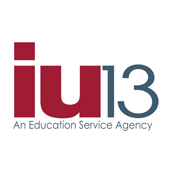Physics of Roller Coasters
(View Complete Item Description)Students explore the physics utilized by engineers in designing today's roller coasters, including potential and kinetic energy, friction, and gravity. First, students learn that all true roller coasters are completely driven by the force of gravity and that the conversion between potential and kinetic energy is essential to all roller coasters. Second, they also consider the role of friction in slowing down cars in roller coasters. Finally, they examine the acceleration of roller coaster cars as they travel around the track. During the associated activity, the students design, build, and analyze a roller coaster for marbles out of foam tubing.
Material Type: Activity/Lab, Lesson Plan




















